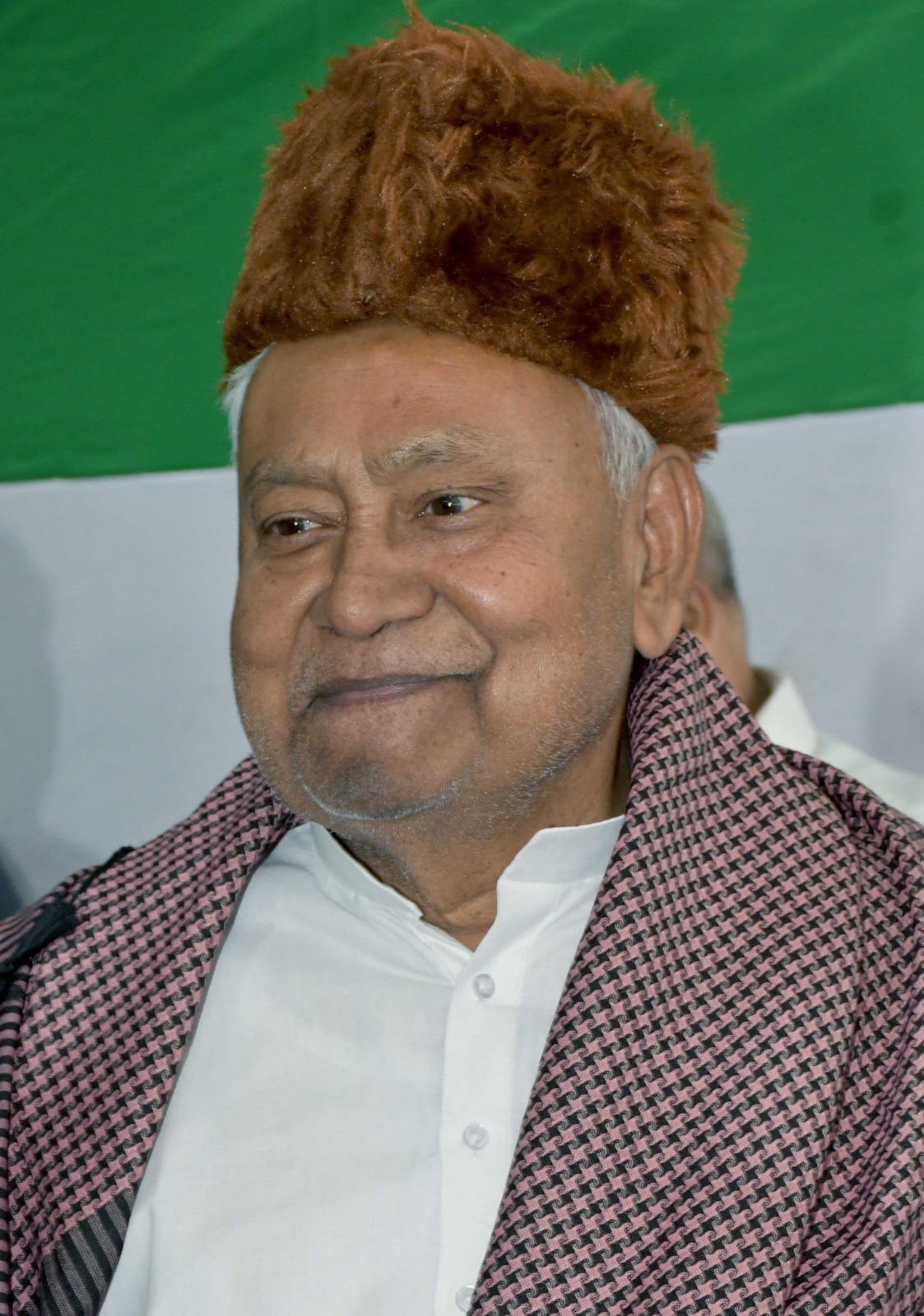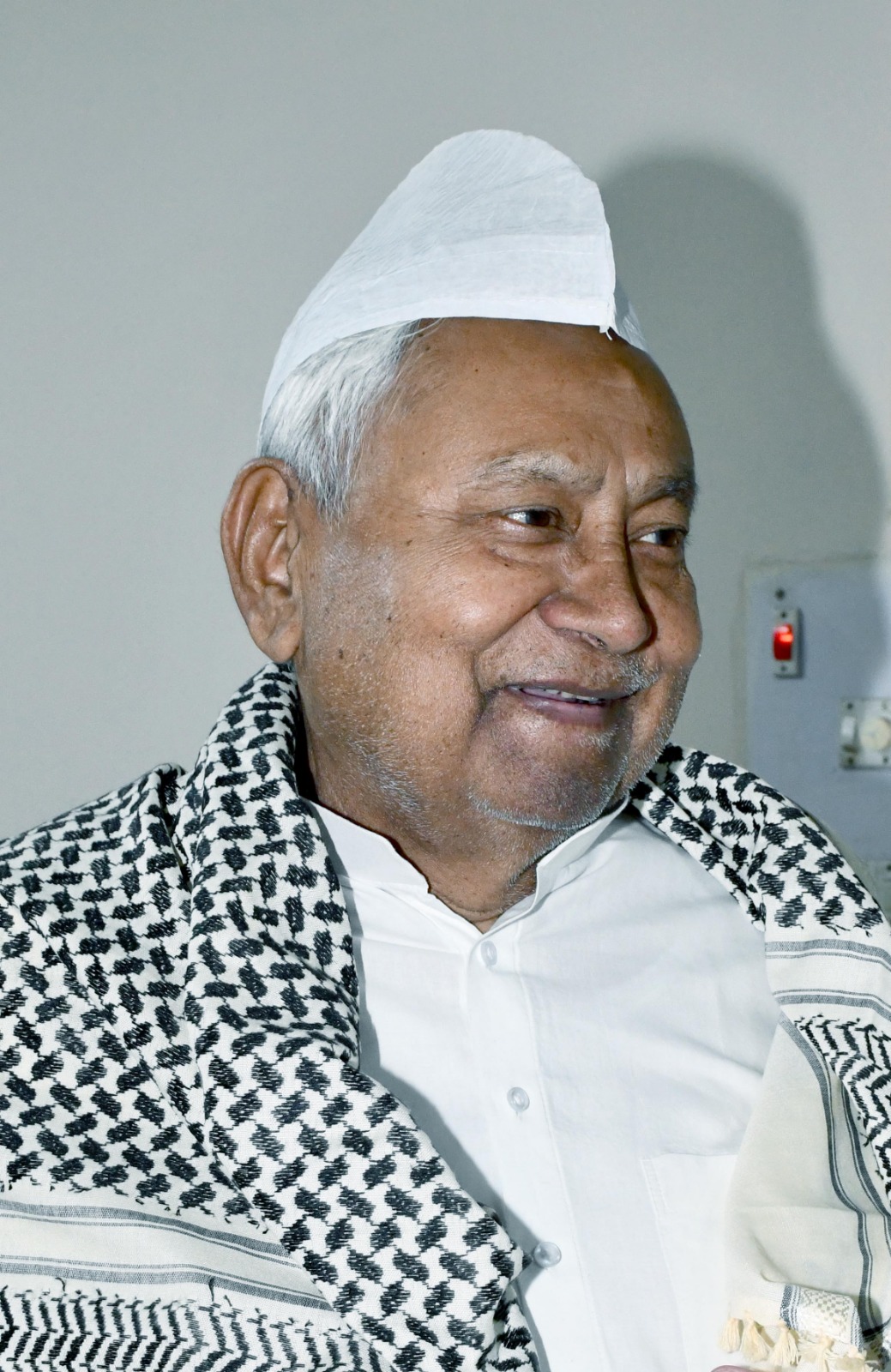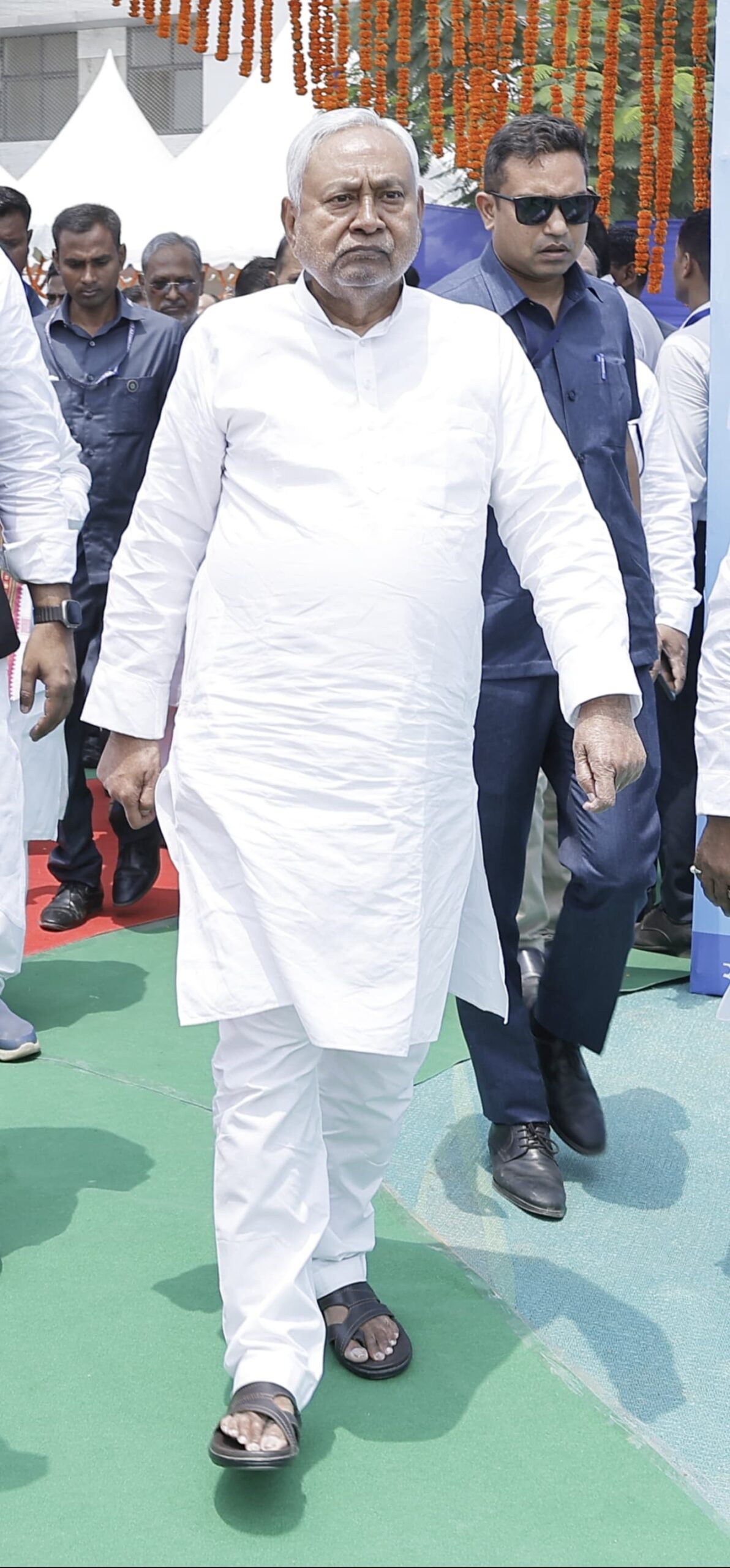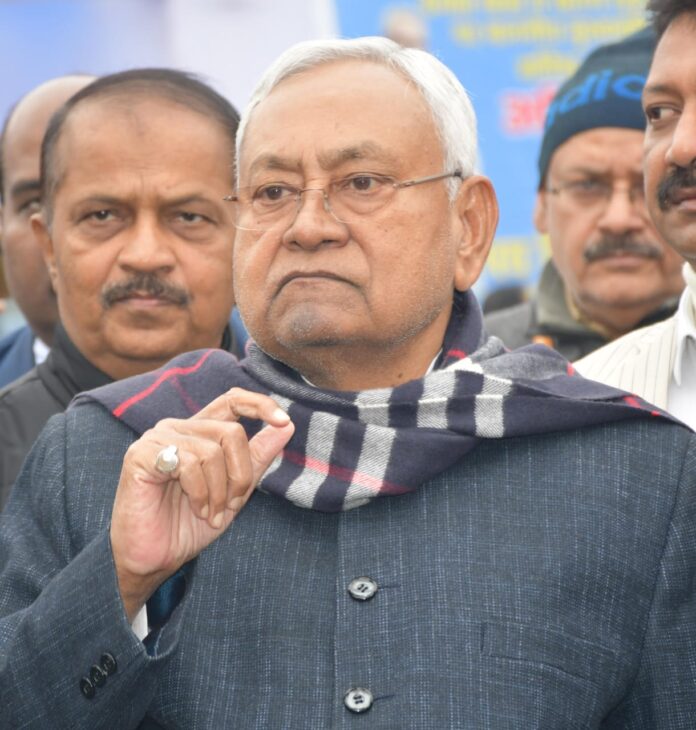M I Khan, TwoCircles.net
Patna: As Bihar gears up for assembly elections in October-November 2025, suspense continues to build around who the ruling Bharatiya Janata Party (BJP)-led National Democratic Alliance (NDA) will project as its chief ministerial face. The silence from Prime Minister Narendra Modi and Union Home Minister Amit Shah has only deepened the uncertainty. Both leaders have consistently stopped short of confirming incumbent Chief Minister Nitish Kumar for the top post.
Modi and Shah, in recent months, have publicly stated that the NDA would fight the polls under Nitish’s leadership. However, neither has explicitly declared him the chief ministerial candidate, nor assured that he would continue in the role if the NDA returns to power.

This marks the first time in over two decades that the BJP’s top brass appears hesitant to endorse Nitish Kumar as the CM face, despite his enduring influence and support base – which are crucial to the saffron party’s prospects in the state.
Modi has visited Bihar many times in the last six months, including four consecutive months – April, May, June and July. During these trips, he addressed public meetings, with the latest one held on July 18 at Motihari in East Champaran. However, he refrained from making any statement about Nitish’s future, leaving the Janata Dal-United or JD-U leadership, party workers and Nitish himself disappointed. Many had expected that Modi’s repeated visits would put an end to the ongoing speculation.
Shah, too, has steered clear of naming a CM candidate. Since last year, he has publicly stated on at least three occasions that the NDA has not yet decided on its chief ministerial face. He recently reportedly remarked that “time will decide” who the next chief minister would be when asked about Nitish.
These remarks have fuelled speculation that the BJP may be preparing to sideline him after the elections. Political circles are rife with talk that the BJP is eager to replace him with one of its own leaders, a long-cherished ambition of the party.

Political analyst Soroor Ahmad observed that the BJP is caught in a dilemma and lacks clarity about who should lead the government post-elections. He noted that Lok Janshakti Party (Ram Vilas) or LJP (Ram Vilas) President and Union Minister Chirag Paswan is leveraging this uncertainty, projecting himself as the next chief minister. “Modi’s silence reveals BJP’s internal confusion,” he said, adding that Shah’s repeated remarks about deciding the CM face “at the right time” tell a different story.
Sensing the BJP’s political maneuvering, senior JD-U leaders close to Nitish have strategically involved his son, Nishant Kumar, in the discourse. Though Nishant is not in politics, he has made public appeals (twice or thrice this year) urging Modi and Shah to declare his father the NDA’s CM candidate. These appeals are widely seen as a calculated move to bolster Nitish’s standing within the NDA.
Another political analyst, D M Diwakar, said it is a reality the BJP cannot ignore the JD(U) as going it alone in Bihar is not an option. “Nitish remains a pivotal figure in the state’s electoral politics. Without him, it is nearly impossible for the BJP to navigate the upcoming challenge. However, the BJP leadership’s reluctance to back Nitish openly creates doubts about what post-poll politics could look like,” he said.
According to him, the BJP needs Nitish’s face during the election campaign because they have no leader with statewide appeal who can take on Tejashwi Yadav, leader of Opposition and a key ally of the Mahagathbandhan (the Rashtriya Janata Dal, the Congress and the Left combine).
He added that Nitish’s presence remains important despite recent surveys indicating a decline in his popularity and questions about his health.
The BJP had faced a major defeat in the 2015 elections when it contested without Nitish, who had aligned with the RJD at the time. “This time, the BJP might try the Maharashtra or Madhya Pradesh model – fight under someone’s leadership and switch the CM after results,” the analyst said.
Leaders in Nitish’s JD-U are still publicly confident. They say he is the most suitable and accepted face in Bihar’s political landscape. “2025 se 30, phir se Nitish Kumar (From 2025 to 2030, Nitish Kumar returns),” they proclaim.

JD-U’s outspoken Neeraj Kumar emphasised that if the NDA returns to power, Nitish will head the government.
“The NDA is going to polls under his leadership. All our alliance partners have accepted this publicly,” he said.
He recalled how after the 2020 elections, when the JD-U secured only 43 seats while the BJP won 73, Nitish had offered to step aside. But BJP leaders insisted that since the NDA fought under his leadership, he should continue as the chief minister.
However, some JD-U leaders, in private conversations, admit that this election might be different. They sense that the BJP may have a different game plan.
For now, BJP leaders maintain that the next election will be contested under Nitish’s leadership, but they are not promising he will be the CM again.
“Yes, we will fight under Nitish Kumar’s leadership, but the chief minister will be decided after the results,” a senior BJP leader said.
He admitted that in 2023, when the party was in Opposition, BJP leaders had consistently stated that they would form their own government in 2025.
Another BJP leader was more direct. “We will no longer play second fiddle to Nitish. The BJP has formed governments in almost every neighboring state on its own, except West Bengal. Now it is Bihar’s turn,” he said.
In response, the JD-U has drawn a red line. “The party has conveyed to the BJP leadership in Delhi that it plans to contest at least 120 of the 243 seats in the 2025 Assembly elections. It has made it clear that the remaining 123 seats should be shared between the BJP and other NDA allies.”
JD-U’s tally had dropped to 43 in 2020, while the BJP bagged 74. But the party is determined to bounce back. “We are working hard to improve our strike rate this time,” Neeraj Kumar said, adding that the JD-U continues to have a strong support base among non-Yadav OBCs, EBCs and Dalits.
A political observer said, “The BJP was defeated in 2015 when it fought without Nitish. They know this better than anyone.”
Over the years, Nitish has built a loyal following among Extremely Backward Classes (EBCs), who make up 36.1% of Bihar’s population, along with Dalits (19.65%) and a large section of women, thanks to targeted welfare schemes. This has helped the JD-U maintain a consistent vote share of 15-25% over two decades, despite frequent shifts in alliance.
In the 2015 Assembly elections, JD-U secured 16.8% of the vote in alliance with the RJD, without the BJP. In the 2019 Lok Sabha elections, contesting with the BJP, the party’s vote share rose to 21.81%. It dropped to 15.39% in the 2020 Assembly polls but climbed again to 18.52% in the 2024 general elections.


